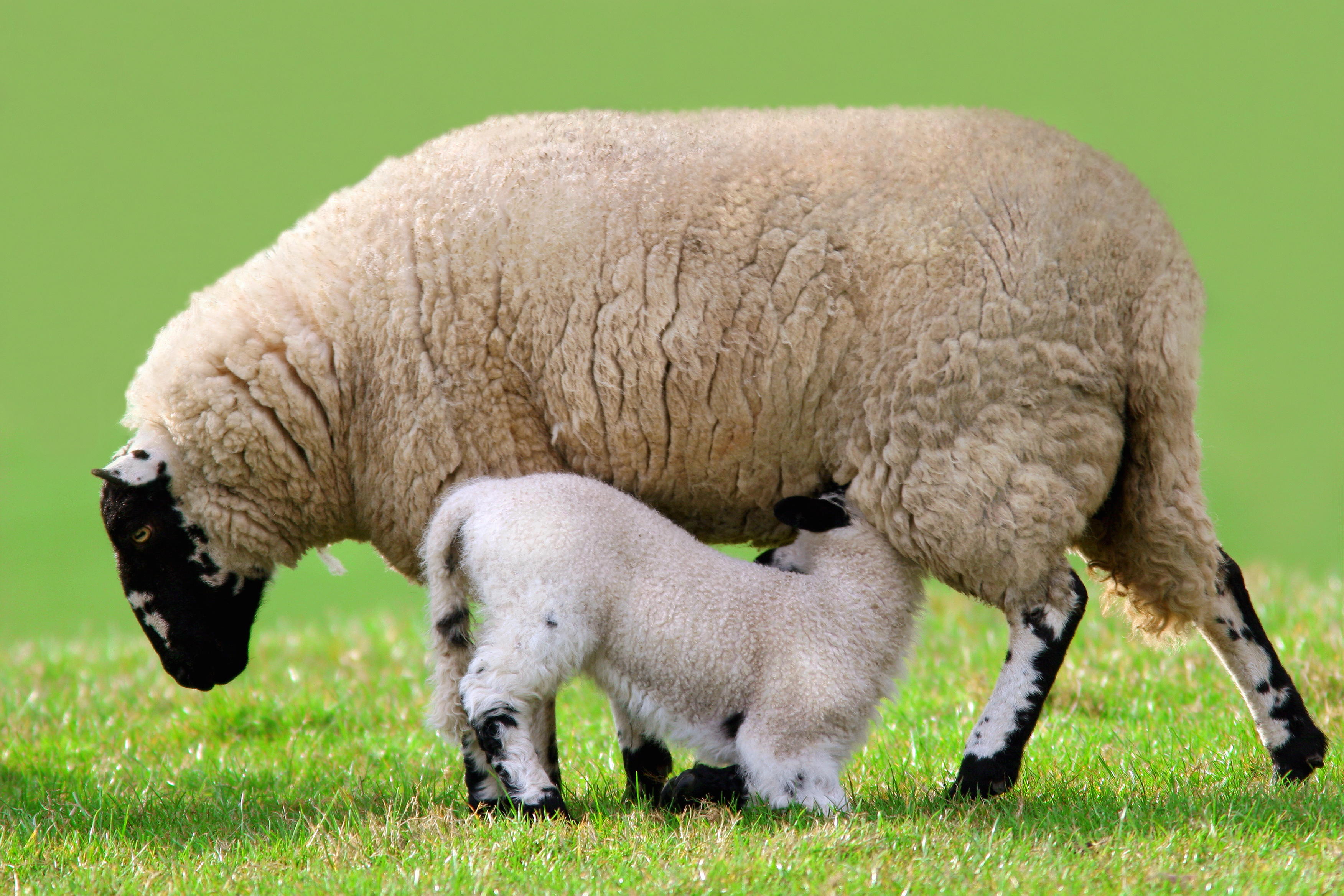Lamb dysentery risk

The most common presentation of lamb dysentery is sudden death.
We are now entering the period where lamb dysentery (Clostridium perfringens type B disease) risk is highest in the main April lambing flock. Risk may be higher this year for some flocks depending on Clostridial vaccine availability. The most common presentation is sudden death, occasionally with reports of a preceding bloody scour, potentially with multiple lambs affected. A review of cases has revealed that 30% of diagnoses are made in the month of May and flocks lambing outdoors represent over 70% of the submissions.
In fresh carcasses there is often a characteristic emphysema of the jejunal serosa (pictured below and easy to spot), however this can be lost with autolysis. Demonstration of beta and/or epsilon toxins from terminal ileal content is the diagnostic method of choice and can be supported by histopathology of intestine.

Traditionally thought of as a disease in very young lambs, over 50% of the diagnoses were made in lambs over seven days of age.
Clostridial vaccination of ewes with good colostrum quality, availability, plus effective ingestion and absorption in the lamb offers reliable protection from disease. Anything in the flock history that might affect this will be potentially significant and checking use and availability of clostridial vaccines for later lambing ewes should be considered.
In flocks where diagnoses have been confirmed reviewing vaccine health planning in ewes, plus considering earlier Clostridial vaccination of growing lambs to protect for other Clostridial disease risk should be considered.
Posted by SRUC Veterinary Services on 21/04/2023
